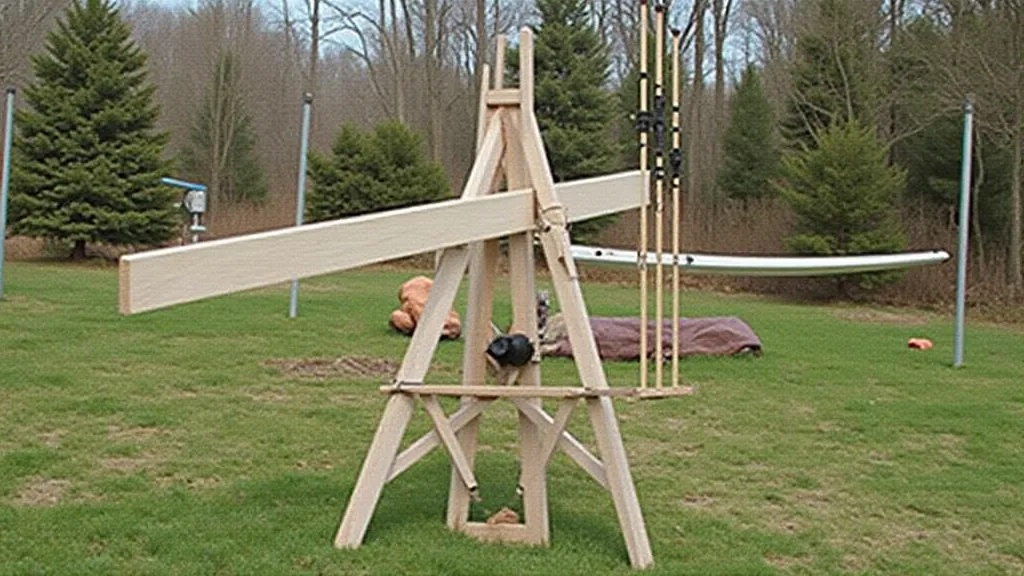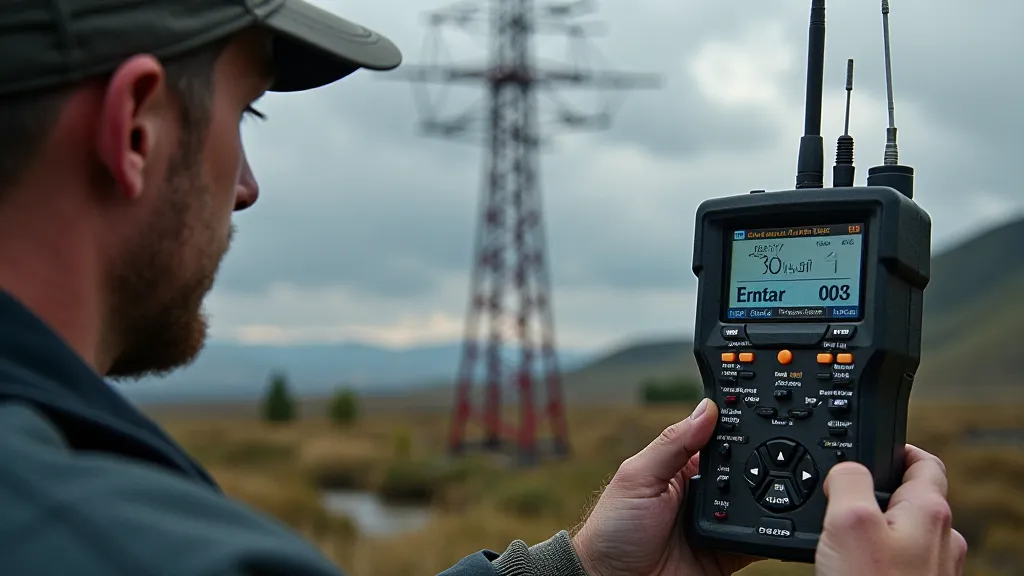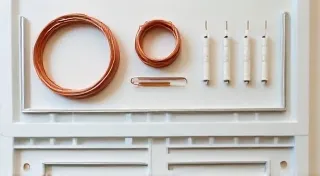Building a Quad Antenna for High-Gain Performance
Want to significantly boost your signal strength and reach farther in your ham radio communications? The quad antenna is an excellent choice. Known for its high gain and relatively simple construction (once you understand the principles), a quad can dramatically improve your ability to contact stations over long distances. This guide will walk you through the building process, covering element spacing, materials, and common challenges.
What is a Quad Antenna?
A quad antenna, also called a quadrangle antenna, is a directional antenna consisting of four radiating elements. These elements are arranged in a square or rectangular configuration, with a reflector element positioned behind the radiating loop. The size and shape of the quad directly influence its operating frequency and gain. They're particularly well-suited for HF bands (High Frequency).
Materials and Tools You'll Need
- Wire: Typically stranded copper wire (14 AWG is common). The amount will depend on the size of the quad.
- Boom: A sturdy boom (supporting structure) – PVC pipe, wood, or metal tubing are all viable options. The boom length influences the quad's overall size and performance.
- Insulators: For supporting the elements and preventing shorts. Plastic or ceramic are good choices.
- Connectors: For connecting the antenna to your coaxial cable (typically a PL-259 connector).
- Tools: Wire cutters, wire strippers, soldering iron, solder, measuring tape, drill, screwdriver.

Design and Dimensions
Designing a quad antenna involves calculating the correct dimensions for the radiating elements and reflector. The calculations are frequency-dependent, so a little math is involved. Here's a simplified overview. A more precise design will require using online antenna calculators.
- Frequency: Determine the frequency band you want the quad to operate on (e.g., 14 MHz for the 20-meter band).
- Element Lengths: The lengths of the radiating elements and the reflector are related to the wavelength. A good starting point is to use these formulas (these are approximate and require adjustment):
- Radiating Element Length: Approximately 0.48 λ (where λ is the wavelength in feet)
- Reflector Length: Approximately 0.28 λ
- Element Spacing: The distance between the radiating elements is crucial for achieving high gain. A common starting point is 0.25λ. The distance from the reflector to the radiating elements is also important, generally around 0.4λ to 0.5λ.
Construction Steps
- Cut the Elements: Accurately cut the wire to the calculated lengths for the radiating elements and the reflector. Precision is vital.
- Assemble the Loop: Form the radiating loop, connecting the ends securely. Ensure the loop is square or rectangular as designed.
- Attach the Reflector: Position the reflector element behind the radiating loop, maintaining the calculated spacing.
- Mount to the Boom: Securely attach the radiating loop and reflector to the boom using insulators. Make sure the elements are straight and properly aligned.
- Connect the Feedpoint: Connect a coaxial cable to the feedpoint of the antenna. Proper impedance matching is critical. This is often achieved using a balun.

Common Challenges and Considerations
- Balun Matching: A balun (balanced-to-unbalanced transformer) is often required to match the quad's balanced feedpoint to the unbalanced coaxial cable. Without a balun, you may experience signal reflections and reduced performance.
- Wind Loading: Quads can be large and experience significant wind loading. Ensure the boom and mounting system are strong enough to withstand local wind conditions.
- Impedance Matching: Achieving a 50-ohm impedance is crucial for efficient signal transfer. Careful design and tuning may be required.
- SWR (Standing Wave Ratio): A low SWR is a sign of good impedance matching. Use an SWR meter to measure the SWR and adjust the antenna if necessary.
Tuning and Optimization
Once the quad is constructed, it’s vital to tune it for optimal performance. This typically involves adjusting the element lengths slightly and ensuring proper impedance matching. Use an antenna analyzer or SWR meter to monitor performance during tuning.

Conclusion
Building a quad antenna can be a rewarding project for ham radio enthusiasts. With careful planning, accurate construction, and proper tuning, you can significantly enhance your radio communication capabilities and achieve impressive results. Remember to prioritize safety during construction and always operate within legal frequency limits.





